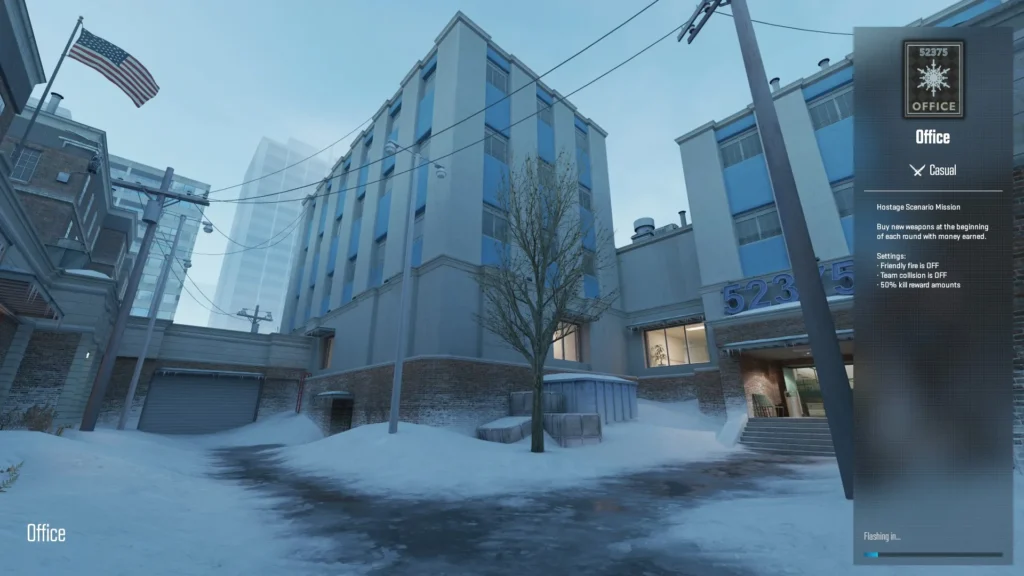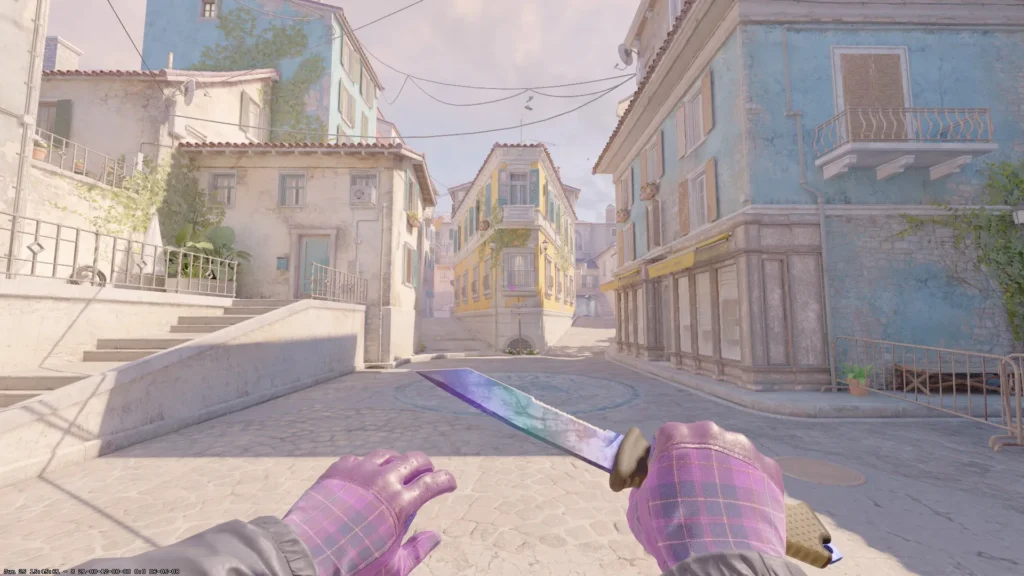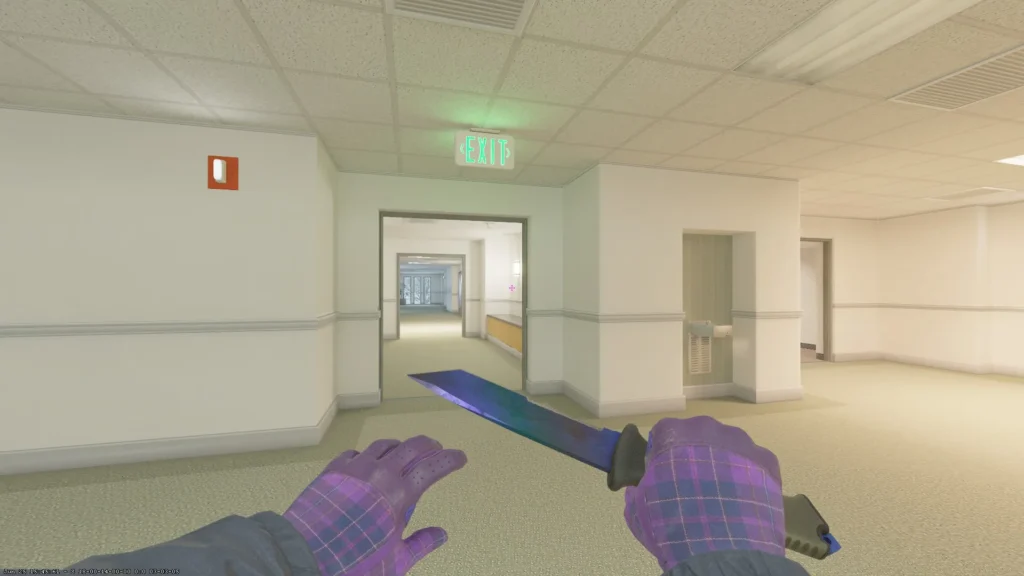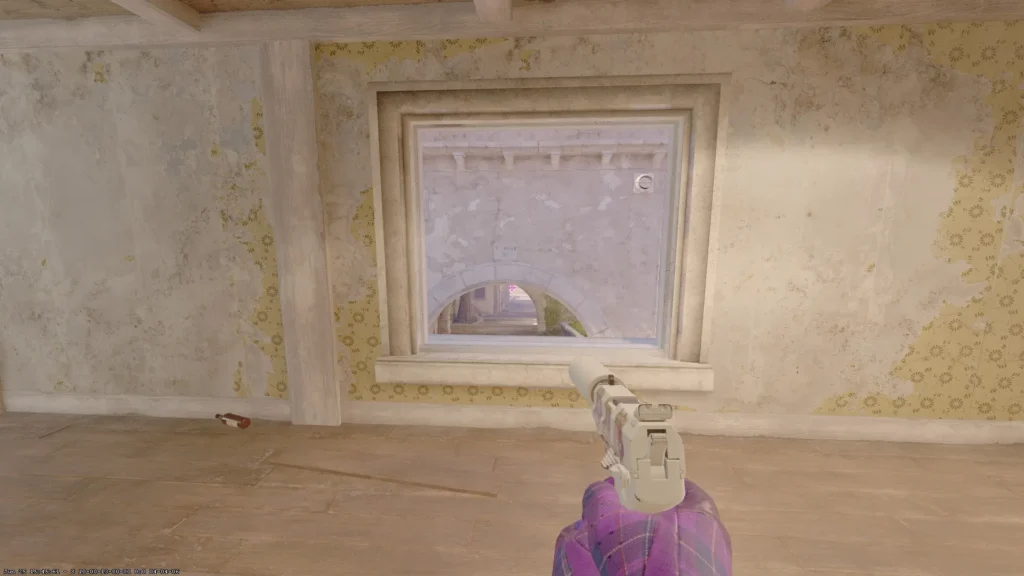Why Aren’t Hostage Maps Played in Professional CS2 Matches?

It’s no secret that in Counter-Strike, besides the bomb defusal maps, there are also hostage rescue maps. Interestingly, these maps were the first to appear and were initially the core essence of the game. Terrorists took hostages, and the special forces were dispatched to eliminate the bad guys and rescue the hostages. To win, one had to kill all the opponents, and rescuing hostages only provided additional finances. Nowadays, rescuing at least one hostage automatically grants victory to the counter-terrorists, leading to the next round. This change might have been pivotal in the abandonment of hostage maps in professional play, but it’s not the only reason. In this article, we’ll discuss all the drawbacks of hostage maps that prevent them from becoming part of the esports scene.
Strong Imbalance Between Sides

Unlike the familiar bomb defusal maps, in hostage scenarios, the terrorists are the defending side, making them inherently stronger. The hostages are located right at the terrorist spawn, and they don’t need to fight for any part of the map. Essentially, they control positions from the start of the round, and the counter-terrorists need to figure out a way to lure them out. Imagine if planting the bomb in the standard mode required placing it in one specific spot rather than in a relatively large radius. Additionally, terrorists have an easier time managing their economy since their weapons and utilities are much cheaper. Counter-terrorists struggle with rounds, often having a full buy only once every two rounds. Moreover, the AK-47’s superiority over the M4A4/M4A1-S and the SG 553 over the AUG must be considered, as these rifles deal more damage and can kill with one shot to the head even with a helmet.
Continuing the discussion on the obvious imbalance, let’s consider a situation where the counter-terrorists do manage to reach the hostage. Remember, the game doesn’t end after the rescue; for victory, they need to return to their spawn with the added weight on their shoulders. Not only does the extra model block half the screen, but the movement speed also significantly decreases. This gives terrorists another advantage in the final stage of the game, comparable to if the attacking side became less mobile after planting the bomb.
Specific Map Structure

Highlighting the reasons why hostage maps can’t be used in professional play, one must note their distinct structure. These differences boil down to two critical aspects. Firstly, the size: Office and Italy, the only available hostage maps in CS2, are quite large. While enjoying the textures is nice, waiting for the first action can be agonizing, and a significant portion of the map often goes unused. Secondly, the very narrow passages and confined spaces where hostages are located are crucial. Engaging in trades in such tight spaces is nearly impossible for the counter-terrorists, and it’s sufficient for terrorists to guard the room with one player. As a result, for the counter-terrorists, the game feels more like progressing through levels to reach the final boss. Narrow entry points allow terrorists to conserve grenades, and a professional team can hold off opponents for a long time without any engagement. Non-engagement is definitely not what viewers want to see.
For the same reason, using smoke and incendiary grenades by counter-terrorists becomes less effective since there are few opportunities to obscure only the opponent’s view. There’s also the risk of harming the hostage, which would cost money in an already challenging economic situation throughout the half. Remember, hostages are in closed areas, making it nearly impossible to come up with original and complex throws from safe zones.
Professional Scene Nuances

It’s clear that playing in matchmaking or on Faceit servers and professional team matches are two very different experiences. Starting with the most obvious, skill levels come into play. Shooting, positioning, and game understanding among pro players are on another level, and the chance that your teammate will “play too much,” run to fight, and die in an unfavorable spot is extremely low. When you have such an advantage from the start, something extraordinary would need to happen for all your teammates to immediately make mistakes and fail to secure kills from advantageous off angles.
The next aspect concerns the tactical side of the game. Due to the enclosed structure of the maps and the very close proximity of the hostages to each other, it’s difficult to catch the opponent off guard with any actions. No fakes, lurkers, or changing the attack direction after a kill. Terrorists have a hostage in sight and nothing can force them to change their position. They can’t be flanked even when outnumbered, so there’s no reason to worry.
Tournament organizers are also worth mentioning. It’s hard to adequately estimate the duration of matches on hostage maps, as there’s a high chance they could end with a 13:0 score or 12:12 with endless overtime rounds. Therefore, organizers prefer not to gamble and risk losing the entertainment value of their events.
It seems we’ve successfully explained why this mode cannot be used in professional play. Despite the legendary status of some maps, their popularity even in matchmaking is quite low. It would be strange to watch pro games on such imbalanced maps when developers are focused on creating perfect balance and increasing variability. It’s good that VALVE keeps the option to dive into the past and visit the familiar streets of Italy and the first offices for every working man. After all, CS is not only about esports but also about casual gaming, where we should have the choice and opportunity to play in hostage mode.